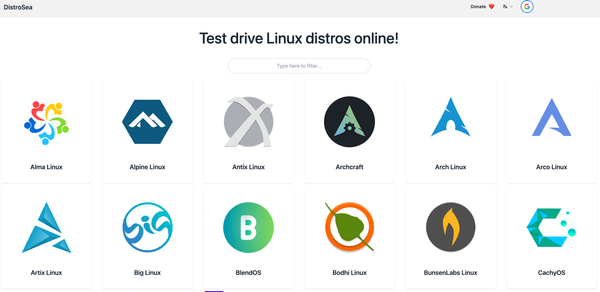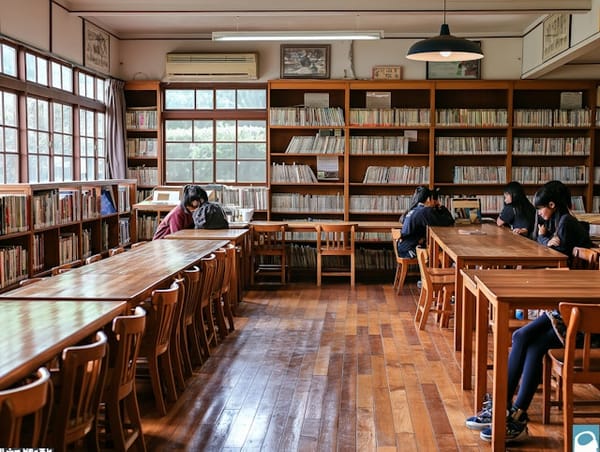Does Technology Help Students Learn Better?
Should technology be used for learning? It has been one of the most debatable topics in recent times. For years, experts have been assessing the benefits of technology in education against the risks and implications it brings along.
Some argue that technology allows you to experiment with pedagogy, decentralize the classroom, and connect with Gen-Y & Gen-Z students. Others stress the adverse effects of technology in this aspect.
The COVID-19 pandemic forces educational institutions to make a shift to online learning. Thus, we could not have imagined this transition without technology.
Is Too Much Technology Good or Bad?
Well, too much of anything is known to be harmful. While learning spaces can be well-planned and made accessible using proper technology, we cannot overlook its flip side.
According to a new study, some students want to return to class and engage in face-to-face interactions rather than stare at a screen.
Teachers also have expressed their frustration with technology fatigue. They are willing to return to classes too.
To understand whether technology really helps students, let’s examine some pros and cons of technology-driven education.
Advantages
Adds to the Excitement in the Classroom
Books, whiteboards, and markers were once the only resources available for instruction. With technology, teachers are now embedding photos, videos, and graphical representations into their courses to enhance the learning experience.
Students also feel excited to use various devices to do their classwork and home assignments. Advanced services like an admission essay writing service simplify studying for them. Besides, gadgets make everything exciting.
Makes Information Accessible 24/7
The Internet is a vast pool of knowledge that can be accessed 24/7. Students face fewer barriers when they use tablets and laptops to work on their projects. Technology helps them connect with experts and explore the resources for assignments.
Unlike searching for required resources through libraries, technology saves much time and effort.
Helps Develop Presentation Skills
As the world continues to revolve around the Internet, students now need to build a strong presence online. It also involves communicating with their peers using emails and several interactive social media channels.
The technology allows them to work in groups even outside the classrooms. When students collaborate with others to solve complicated problems without a teacher’s help, it enhances their presentation skills and fosters critical thinking.
Keeps Students Updated
Earlier, the only source of updates from around the globe was print media. With evolutions in technology, news is now available every second. The devices today notify students about the worldwide updates without a miss.
This helps students comprehend different situations and frame an opinion. They broaden their vision and ability to assimilate various perspectives. Students also use mediums like YouTube to understand a concept.
So, technology breaks the boundaries and enables students to learn from multiple resources.
Disadvantages
Causes Distraction
The first and foremost setback of technology has to be distractions. The reason why many students don’t perform well in class is the inclination towards using social media or other apps instead of studying.
Nowadays, learners lack sincerity because most of their lessons are accessible online. Many websites make them less attentive in class or prompt them to skip school regularly.
Hampers Skill Development
Education is essential for having a sharpened intellectual spirit in students. But we see students exploiting their abilities by using technology even for the simplest tasks.
For example, they use a calculator for basic calculations. And while this assists them in one way, it also weakens their potential and slows down cognitive development.
Affects Health
The excessive dependability on technology limits physical activity. When students sit for extended hours, they risk the same health problems as adults are prone to when they do not get enough movement.
The result of prolonged sitting can cause
● obesity;
● muscle tiredness;
● sleeping disorders;
● metabolic abnormalities.
The need for looking at screens has forced many students to rely on prescription glasses from a very young age.
Not Everyone Can Access Technology
Many schools are still unable to provide all the necessary resources to assist in advanced learning. Additionally, for many students, navigating through the complex Internet world is still a problem.
A few of the challenges that hinder learning for students are
● electricity outages;
● poor Internet connectivity;
● data loss;
● system formatting.
These challenges can make students frustrated, causing them to change their classroom and personal environments. They find it tough to maintain their balance and thrive in this harsh, high-tech society.
Intervention Is Necessary
The learning tools and technologies make it possible for parents to help their kids with their studies. While this is advantageous, many parents don’t yet feel the need to intervene in their kids’ school life.
But to help kids in learning, parents and teachers have to supervise how the students are using these tools and gadgets. Adults should induce a proper balance of online and offline learning and protect students from the drawbacks.
Conclusion
The advantages of using technology in learning can be subjective based on how well it is integrated into the teaching mechanism. In the current society, the thoughtful application of technology can help improve education. Knowing when and how to set limits plays a crucial role.
Teachers and parents cannot let students handle technology themselves without guidance. Teaching them the proper balance at an early age will help them stay away from the disadvantages of technology while allowing them to prosper in their careers.







